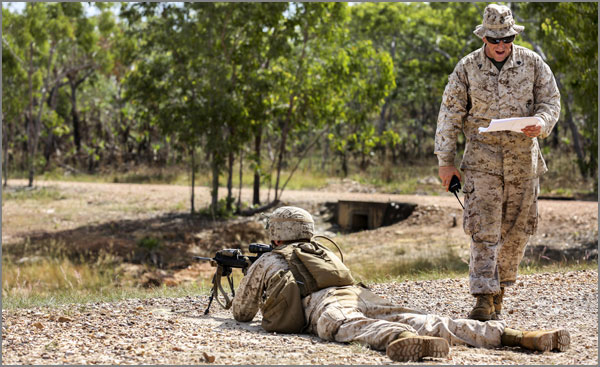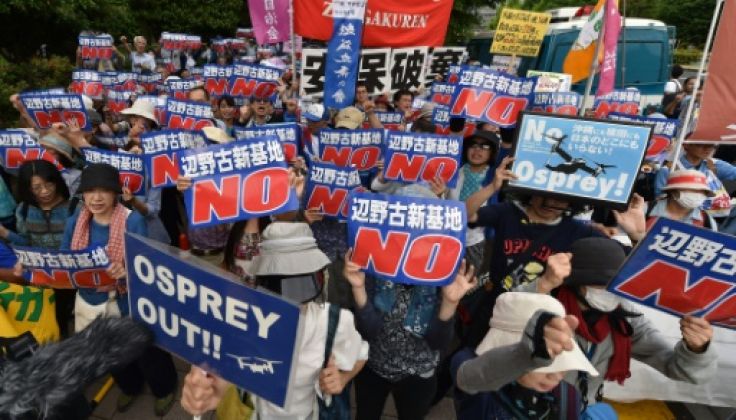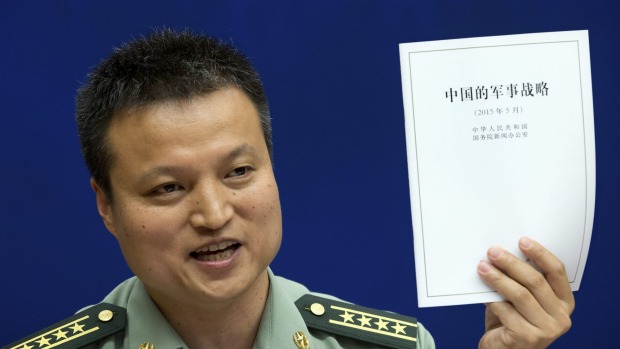Plan reveals Australia’s colonial status

Last week US assistant defence secretary David Shear announced to a Congressional hearing that the United States would soon be basing B-1 Lancer bombers and surveillance aircraft in Australia as a deterrent to China’s “destabilising effect” in the South China Sea.
This move is, in fact, part of the USA’s pre-existing “pivot to Asia” strategy, which aims to gradually emplace a blockade on China, so the USA can strangle China economically by closing off its trade routes, affecting its ability to import oil from the Middle East or elsewhere by sea.
Australia is being upgraded as a US operated base for this purpose.
Australia has a “force posture agreement” with the USA that allows “enhanced aircraft cooperation initiatives.” It has already had heavy bombers (B-52s) deployed in Australia, though the justification at this stage is that these have only been “visits” for exercises and training.
For the US Defence forces it is apparently OK to inform their own Congress about their plans for further deployment of military forces before informing the government of one of their most obviously obsequious colonies of their intentions.
However, the Chinese government almost immediately issued a statement expressing “serious concern”, declaring it would “resolutely uphold its territorial sovereignty” and warning the United States to “talk and act cautiously and not take any actions that are risky or provocative”.
Following the Chinese reaction, the Australian Prime Minister Abbott and his Defence Minister Andrews were soon claiming that the US government had contacted them to advise that the official had “misspoke” and as far as the PM understood, “the US does not have any plans to base those aircraft in Australia.”
Abbott’s statement betrays the real relationship between Australia and the United States – Abbott “understands” the Americans have no “plans” at present for basing aircraft in Australia, but there is no independent Australian view on the matter.



